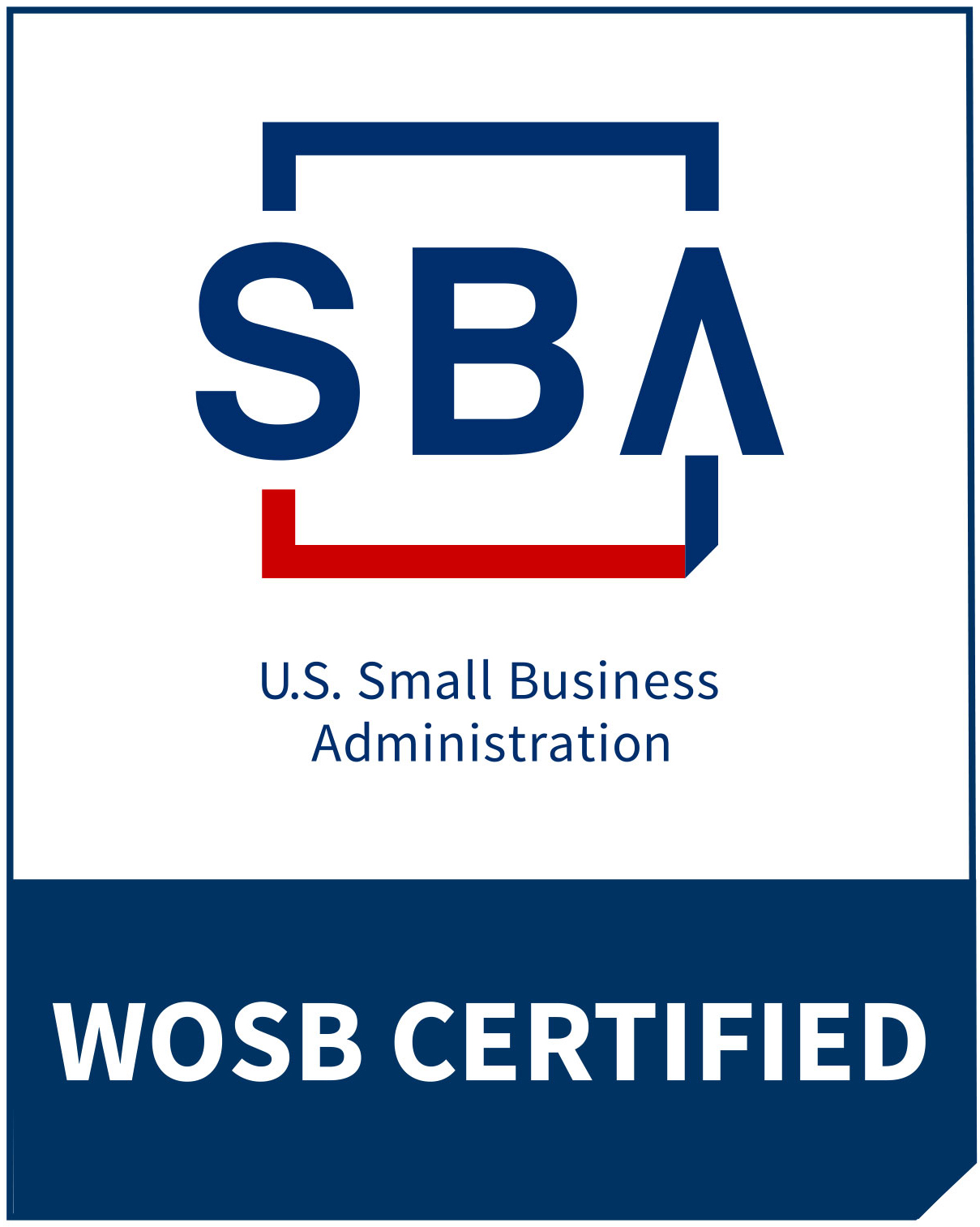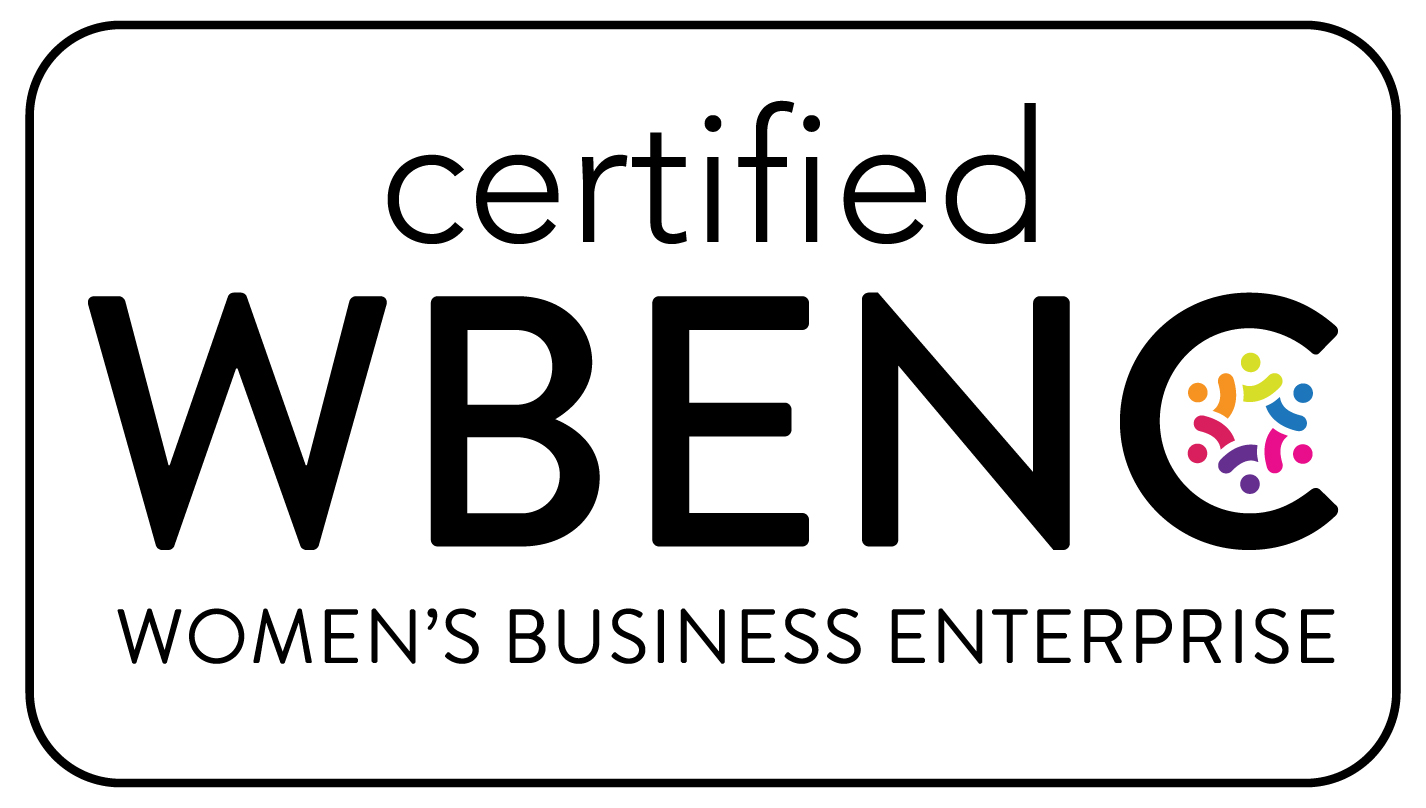(or Cul-chah if you are in Maine)
Flying home from a weekend of racing classic wooden boats in Maine, filled with great memories and a warm heart, it’s hard not to compare the sportsmanship, camaraderie, and Corinthian spirit I just experienced to my usual one-design racing in “plastic” boats (as they are known to some!). The culture of the different types of racing can be markedly different.

Organizational and community culture is a special thing. A good culture can create efficiencies, customer loyalty, employee satisfaction, and strong brand value.
What was so special about this weekend?
- Before a point-to-point race from Camden to Brooklin, the race officers designated a corner of the rainy yard for crews needing to coordinate logistics. A gentleman named Randall appeared in his foul weather gear, offering us a ride from Camden to Castine, asking for nothing in return. Randall simply wanted to fully experience the adventure of the weekend by meeting more sailors and having some time to chat post-race.
- Once we anchored in Brooklin, there was no launch service running. Despite the tender we’d been required to tow per the race instructions, we were hoping to get a different (i.e. larger and dryer) ride to the shore. Nick, a smiling young salt who we’d been tied up next to in Camden, hailed us on the radio and volunteered to take us to the dinghy dock.
- The regatta dinner at the Wooden Boat School was set up with long tables, encouraging crews to mix and mingle. Everyone obliged, and our crew all met someone new as we were welcomed into empty seats.
- On our final day of racing, when we were passed on a reach, I realized it had been the only time all weekend someone had passed us to windward. Everyone else graciously passed to leeward, not taking our wind.

Obviously, the racing on classic wooden boats with a handicap system based on owner-reported measurements is less cut-throat than either contemporary one-design or handicapped racing with third party measurements and weigh-in. But what else makes the difference?

It’s not money or talent. You can spend just as much, or as little, money in either world, and you can be green rail meat or have had thousands of miles under your keel in both. It’s not regionalism – I met people from as many corners of the world at this regatta as I have at other regattas. Both crowds also share a love of their boats, whether they are the latest carbon fiber or the oldest wooden-planked.
The Role of Leaders
The biggest difference was the tone-setting by the regatta organizers.
- They set clear values and expectations.
- “Spirit of Classic Yacht Races: These three races epitomize the best of sportsmanship and safe sailing. They are “fun” races of old, priceless, classic yachts, many of which do not regularly race competitively. In this spirit, all skippers are expected to sail conservatively and avoid dangerous situations. Indicate your intentions and, if in doubt, give way.”
- “Be safe and have fun”
- “No protests”
- They communicated simply, clearly, and succinctly.
- Information was published online.
- In person skipper’s meetings included information that everyone needed, so attendance was high.
- When I asked a question that could have been construed as “stupid,” it was answered completely and respectfully.
- They encouraged camaraderie and peer communication with their structure.
Organizational Culture
Leaders play a crucial role in shaping an organization’s culture. Here are three of the most important things leadership can do to positively influence culture:
Lead by Example: The behavior of leaders sets the tone for the entire organization. When leaders consistently model the behaviors, values, and attitudes that reflect the desired culture, employees are more likely to follow suit. Leading by example means demonstrating integrity, accountability, collaboration, and other core values in everyday actions. When employees see their leaders embodying the culture, it reinforces the importance of those cultural elements.
Communicate Clearly and Consistently: Effective communication is essential for shaping and maintaining a positive culture. Leaders should consistently and clearly communicate the organization’s values, vision, and expectations. Regular communication channels, such as town hall meetings, emails, and one-on-one conversations, provide opportunities to reinforce cultural messages. When leaders articulate why the culture matters and how it aligns with the organization’s goals, employees are more likely to understand and internalize it.
Invest in People and Development: A culture of growth and learning contributes to a positive organizational culture. Leaders can foster this culture by investing in employees’ development and well-being. This includes providing training, mentoring, and opportunities for skill enhancement. When employees feel that the organization cares about their growth and invests in their success, they are more likely to engage, contribute positively, and align with the organization’s values.
What values are reflected in your culture? Where is your culture outlined? How do you influence it in an ongoing process? How do you involved employees in the process?



